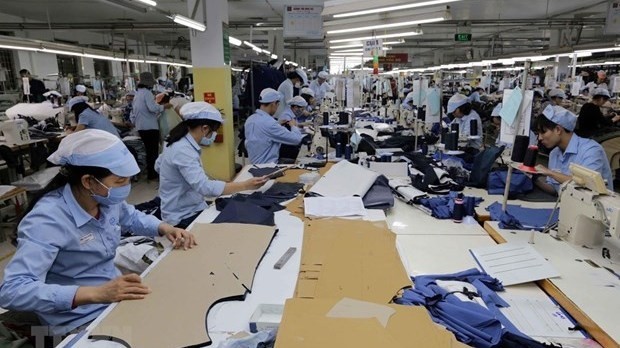Textile and garment businesses have strived to boost production, find partners and expand export markets, and have actively participated in large playgrounds such as Amazon or such fastidious markets as the US and the EU, among others.
However, Vietnam's textile industry is currently facing many difficulties and challenges. The current unfavourable situation of the fibre industry, the competition for orders between domestic enterprises and foreign direct investment (FDI) enterprises, as well as other countries such as India, Thailand, Indonesia, etc., is getting more and more fierce.
Contrary to the initial prediction that the textile and garment sector will soon reach the goal of reaching US$40 billion in export revenue this year. Currently, a number of businesses are facing a shortage of orders, some of them have even had to close, on the verge of bankruptcy. The shortage of orders not only experienced by small and medium-sized enterprises but also with large and prestigious enterprises such as Garment 10, Duc Giang, Hoa Tho, Hanosimex, ...
The reason for this situation is because most of the orders are tending to be divided, customers are not interest in long-term orders, with the price squeezing situation in particular causing the profits of businesses decline. Orders from China have tended to switch to countries with preferential tax rates such as Bangladesh, Cambodia instead of Vietnam as before.
In addition, many other countries also have cheap labour advantages. Moreover, in order to attract orders, countries have applied many policies to support their textile enterprises such as reducing taxes, promoting exports, causing the high risk of losing orders for Vietnamese enterprises.
Meanwhile, the lack of development strategy for expanding the distribution system, researching and designing sample products is also one of the reasons why the competitiveness of domestic textile enterprises is declining.
Therefore, in order to promote the development of the garment and textile industry, businesses must actively seek partners, expand export markets; take measures to change production and business methods in accordance with current trends, to meet the increasing demands of consumers.
It is also necessary to focus on exploiting orders requiring high technology, making the most of the skilled human resources in the country, as well as meeting fast, accurate delivery times and quality assurance according to customer requirements, as well as to gradually shift to ODM (Original Design Manufacturing) and OBM (Original Brand Manufacturing) to increase product value. At the same time, it is necessary to quickly improve the supply chain, be proactive in sourcing raw materials and supplies; and to promote joint ventures and links in chains to provide raw materials for export.
In addition, the State should continue to direct ministries and branches to reform administrative procedures; reduce business conditions; reduce tax, customs procedures, and specialised inspection; as well as adopt policies to support businesses to invest in the cluster of raw and auxiliary materials on tax: land, VAT, income; and exempt taxes based on product categories, thereby creating favourable conditions for garment and textile enterprises to develop stably and gradually improve their competitiveness in the market.
















